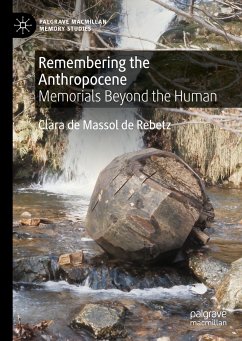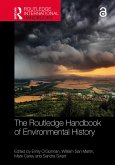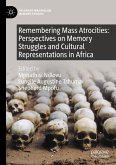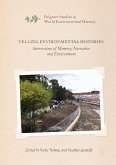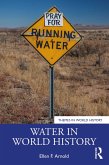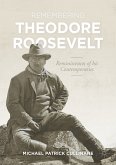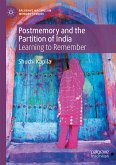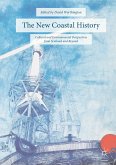This book provides a definition of the developing field of environmental memory studies. It reflects on the possibilities, challenges, prospects and limitations of culturally and collectively remembering (in) the Anthropocene. Located at the intersection of environmental humanities and memory studies, the analysis draws on and surveys a series of Anthropocene-related memorials, from a sculpture lost in Welsh waterways to cat colonies and perennial chickens. This leads to an examination of different memory agents across histories - past, present and future - and an investigation of memorialisation politics under new ecological regimes, within and beyond the human.
Clara de Massol de Rebetz is lecturer and researcher based at King's College London, in the Department of Culture, Media and Creative Industries where she also conducted her PhD. Her research, informed by a background in cultural and literary studies, examines the intersections of memory studies and environmental humanities. Her doctoral research was supported by the London Arts and Humanities Partnership (AHRC), and she was the 2019 recipient of the Memory Studies Association's Excellent Paper award.
Dieser Download kann aus rechtlichen Gründen nur mit Rechnungsadresse in A, B, BG, CY, CZ, D, DK, EW, E, FIN, F, GR, HR, H, IRL, I, LT, L, LR, M, NL, PL, P, R, S, SLO, SK ausgeliefert werden.

